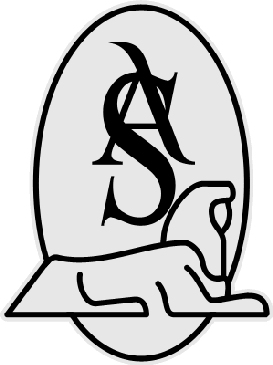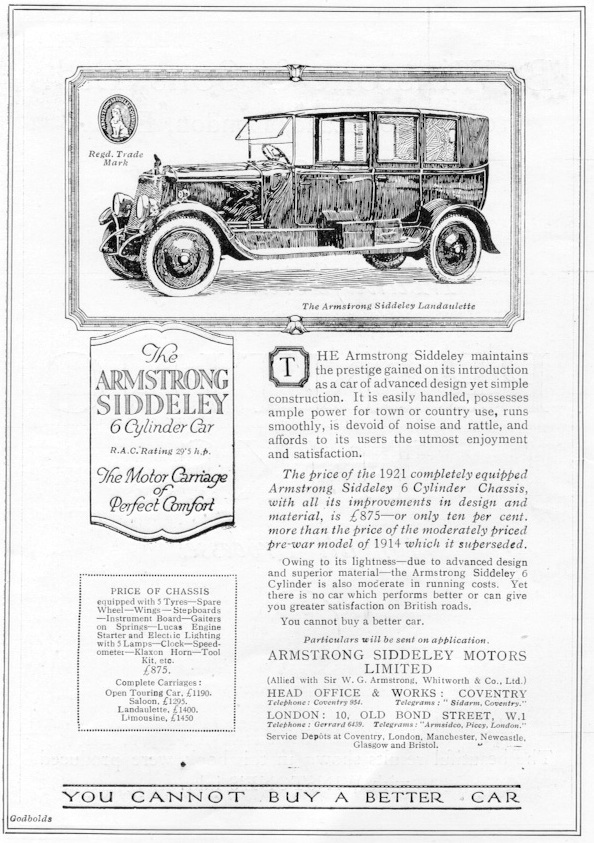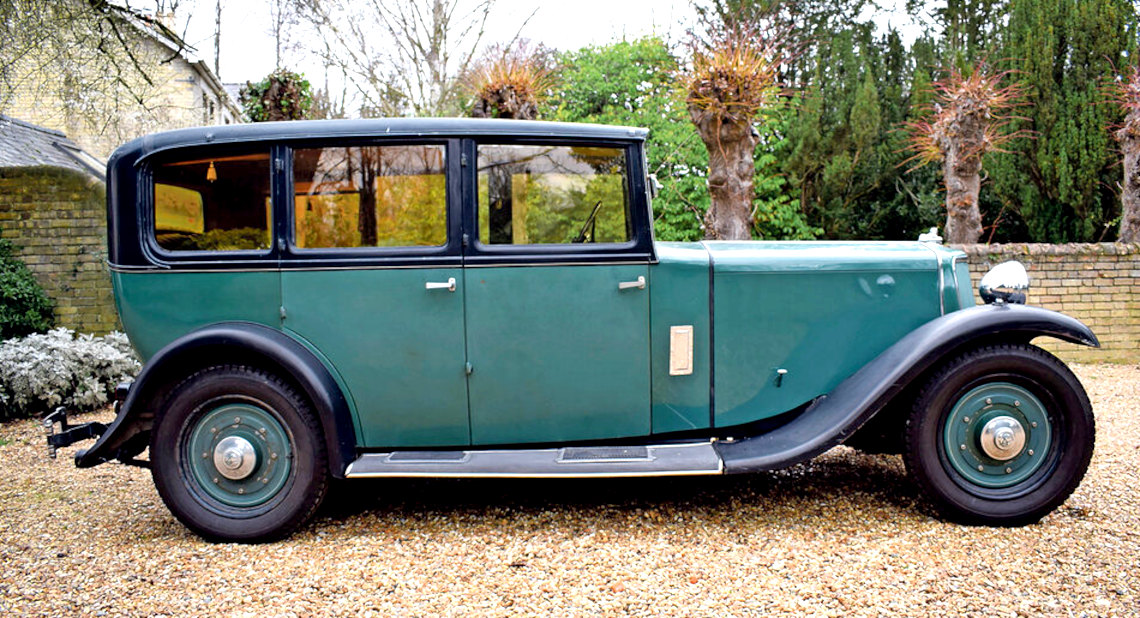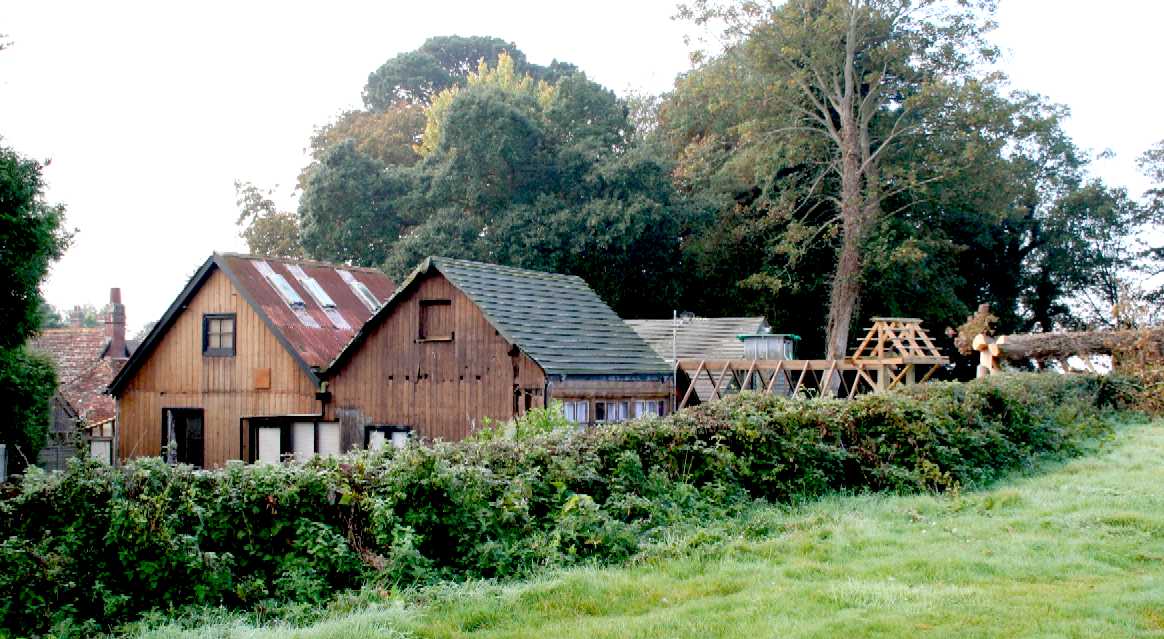
MANOR
HOUSE - Lime
Park benefited by a large manor house, a stables, market garden, twin-wells,
and electricity from a generating station in the grounds - that also
sold power to the nearby village of Herstmonceux. The Baron Karl von Roemer
and his family benefited from a full staff to help run his estate.
According to Margaret
(Peggy) Green, Captain Gardiner, who her Mum knew through the Women’s Institute, gave
her father, William (Ernie) Green, a reference for the position of chauffeur to Mrs de Roemer of Lime Park. He was accepted for the position and
held the job for twenty years or so.
William
drove the large Armstrong Siddeley car, registration BXP 153, which was garaged in the old stable block
(now The Old Rectory) adjacent to the Generating Station. It was quite luxurious with silky tassels on the blinds over the rear windows and wide running boards.
Mr
Green's duties were to take Mrs de Roemer to visit friends at some of the
large country houses around the locality, including shopping runs to Bexhill or Eastbourne. When Miss
Benita, Mrs de Roemer’s granddaughter, came to stay he would drive her to the Opera at
Glyndebourne, and to parties with friends. He also had to drive Mrs de Roemer to London every year where she stayed for two weeks at the Carlton Club with her lady friends.
As
part of the job, William had to look smart and wear a chauffeurs uniform and cap.
Guests who visited Lime Park included Lady Gage from Firle Place, Lady Shawcross,
and Lady Hailsham, Lord Hailsham’s first wife.
When she was fifteen, William the chauffeur, allowed his daughter Margaret
Green to drive the Armstrong Siddeley from Lime Park, along the long
drive to North Lodge. The bend at the top of the track proved a little more difficult
to negotiate, when young Peggy hit the accelerator by mistake, instead of the
brake. William blamed the missing carriage on a mysterious mechanical
fault, hastily repairing the limousine at Herbie Harris’s garage, and
borrowing another vehicle as a courtesy car.
Ronald
Saunders, one of the gardeners at Lime Park, also remembered that the limousine was parked in the stables,
now converted to residential accommodation, and named The
Old Rectory. Routine greasing and oil changes were done over the
inspection pit adjacent to the Generating
Station.

WILLIAM
GREEN - Was
chauffeur to Lady and Charles de Roemer. He lived in North Lodge, now demolished,
for a block of rather ordinary flats. Thank heavens Ernie did not have
to witness that kind of heritage vandalism. East Lodge, at the other end
of the private through road, is a Grade II listed building. Herstmonceux
is being ravaged, adding to the UK's collective carbon footprint, and
the heat waves that saw 60 houses in England burn down in July 2022.
More houses are being built in and around the village. Will the Parish
and District Council's ever learn? Unfortunately not. Their actions
constitute the beginning
of the end.

NORTH
LODGE - William
(Ernie), Margaret (Peggy) and Doris Green, standing outside North Lodge,
Gardner Street. Now demolished for a small block of flats. As Herstmonceux
Parish Council ignore the climate crisis, aided and abetted by Wealden
District Council. It is interesting to cross reference the memories
of Margaret with Ronald
Saunders, who only worked in Lime Park for about a year, but whose
father was the chief engineer in charge of the Generating Station.
In 1951 Mrs de Roemer died, the end of an era. Nobody knows what
happened to the Armstrong Siddeley. We think that Lime Park was sold to
Wickens Estates limited, property developers. Who promptly set about
dividing up the properties in the Park, selling the manor house as four
terraced units, North and East lodges separately, and the stables became
The Rectory.
ARMSTRONG
SIDDELEY HISTORY
Armstrong Siddeley was a British engineering group that operated during the first half of the 20th century. It was formed in 1919 and is best known for the production of luxury vehicles and aircraft engines.
The company was created following the purchase by Armstrong Whitworth of Siddeley-Deasy, a manufacturer of fine motor cars that were marketed to the top echelon of society. After the merge of companies, this focus on quality continued throughout in the production of cars, aircraft engines, gearboxes for tanks and buses, rocket and torpedo motors, and the development of railcars. Company mergers and takeovers with Hawker Aviation and Bristol Aero Engines saw the continuation of the car production which ceased in August 1960.
The company was absorbed into the Rolls-Royce conglomerate which was interested in the aircraft and aircraft engine business. Eventually, the remaining spares and all motor car interests were sold to the Armstrong Siddeley Owners Club Ltd, which now owns the patents, designs, copyrights and
trademarks, including the name Armstrong Siddeley.
SIDELEY AUTOCAR
The Siddeley Autocar Company, of Coventry, was founded by John Davenport Siddeley (1866–1953) in 1902. Its products, made for him by a Vickers subsidiary, were heavily based on
Peugeots using many Peugeot parts and fitted with English-built bodies. J. D. Siddeley was appointed London sales manager of Vickers Limited's subsidiary Wolseley in early 1905 at the same time as Wolseley purchased the goodwill and patent rights of his Siddeley car. A few months later Herbert Austin left to form his own business and Siddeley was appointed general manager.
Without the consent of the Vickers brothers Siddeley added his own name to the Wolseley nameplate but it was dropped on his departure.
SIDDELEY-DEASY
In 1909 J. D. Siddeley resigned from Wolseley and in 1910 took on management of The Deasy Motor Car Manufacturing Company, Limited. The shareholders were so pleased with his success in that post that on 7 November 1912 they unanimously agreed to change the company's name to The Siddeley-Deasy Motor Car Company Limited. Siddeley's name had been added to the product's radiator earlier in 1912. His cars began to use the slogan "As silent as the Sphinx", sporting a
Sphinx as a bonnet ornament.

ARMSTRONG SIDDELEY
In April 1919 Siddeley-Deasy was bought out by Armstrong Whitworth Development Company of Newcastle upon Tyne and in May 1919 became Armstrong Siddeley Motors Ltd, a subsidiary with J. D. Siddeley as managing director. In 1927, Armstrong Whitworth merged its heavy engineering interests with Vickers to form Vickers-Armstrongs. At this point, J. D. Siddeley brought Armstrong Siddeley and Armstrong Whitworth Aircraft into his control. In 1928, Armstrong Siddeley Holdings bought Avro from Crossley Motors. Also that year Siddeley partnered with Walter Gordon Wilson, inventor of the pre-selector gearbox, to create Improved Gears Ltd, which later became Self-Changing Gears – the gearbox that should be credited with enabling the marketing tagline "Cars for the daughters of gentlemen".
Armstrong Siddeley manufactured luxury cars, aircraft engines, and later, aircraft. In 1935, J. D. Siddeley's interests were purchased for £2 million by aviation pioneer Tommy Sopwith, owner of Hawker Aircraft, to form – along with the Gloster Aircraft Company and Air Training Services – Hawker Siddeley, a famous name in British aircraft production. Armstrong Whitworth Aircraft and Armstrong Siddeley Motors became subsidiaries of Hawker Siddeley, with Sopwith himself becoming the new chairman of Armstrong Siddeley Motors.
Armstrong Siddeley was merged with the aircraft engine business of Bristol Aeroplane Company (Bristol Aero Engines) to form Bristol Siddeley as part of an ongoing rationalisation under government influence of the British aircraft and aircraft engine manufacturers. Armstrong Siddeley produced their last cars in 1960. Bristol Siddeley and
Rolls-Royce merged in 1966, the latter subsuming the former which remained for a while as an aircraft engine division within Rolls-Royce.
In June 1972, Rolls-Royce (1972) Ltd sold all the stock of spares plus all patents, specifications, drawings, catalogues and the name of Armstrong Siddeley Motors Ltd to the Armstrong Siddeley Owners Club Ltd. This meant that "Armstrong Siddeley" and "A-S Sphinx Logo" are trademarks and copyright of the Armstrong Siddeley Owners Club Ltd.
The "Siddeley" name survived a while longer in aviation, through Hawker Siddeley Aviation and Hawker Siddeley Dynamics. In 1977 they joined with others to become British Aerospace (BAe) which with further mergers is now BAE Systems.

MOTOR CARS
The first car produced from the union was a fairly massive machine, a 5-litre 30 hp. A smaller 18 hp appeared in 1922 and a 2-litre 14 hp was introduced in 1923. 1928 saw the company's first 15 hp six; 1929 saw the introduction of a 12 hp vehicle. This was a pioneering year for the marque, during which it first offered the Wilson preselector gearbox as an optional extra; it became standard issue on all cars from 1933. In 1930 the company marketed four models, of 12, 15, 20, and 30 hp, the last costing £1450.
The company's rather staid image was endorsed during the 1930s by the introduction of a range of six-cylinder cars with ohv engines, though a four-cylinder 12 hp was kept in production until 1936.
In 1932 - or thereabouts, a line of special, rather more sporty designs was started which resulted in the Rally Tourer series. The aim was to help shake off the somewhat pedestrian image of what was in fact a rather advanced product. Of the 16 rally tourers built, many were used by the owners or senior directors, and were entered into various rallies, achieving some good results and making for good publicity. Only one of those 16 special cars is now known to exist: a 1933, Long-15 Rally Tourer which, according to the records, shared the same body as the 20 hp version (which had a slightly longer bonnet).
In 1933, the 5-litre six-cylinder Siddeley Special was announced, featuring a Hiduminium aluminium alloy engine; this model cost £950. Car production continued at a reduced rate throughout 1940, and a few were assembled in 1941.
The week that World War II ended in Europe, Armstrong Siddeley introduced its first post-war models; these were the Lancaster four-door saloon and the Hurricane drophead coupe. The names of these models echoed the names of aircraft produced by the Hawker Siddeley Group (the name adopted by the company in 1935) during the war. These cars all used a 2-litre six-cylinder (16 hp) engines, increased to 2.3-litre (18 hp) engines in 1949. From 1949 to 1952 two commercial variants of the 18 hp Whitleys were produced, primarily for export. The Utility Coupé was a conventional coupe utility style vehicle, while the Station Coupé was effectively a dual cab vehicle, although it still retained only two doors. However, it did have two rows of seating to accommodate up to four adults and the doors were larger to allow better access to the rear. From 1953 the company produced the Sapphire, with a 3.4-litre six-cylinder engine.
In 1956, the model range was expanded with the addition of the 234 (a 2.3-litre four-cylinder) and the 236 (with the older 2.3-litre six-cylinder engine). The Sapphire 346 sported a bonnet mascot in the shape of a sphinx with namesake Armstrong Siddeley Sapphire jet engines attached. The 234 and 236 Sapphires might have looked to some of marque's loyal customers like a radical departure from the traditional Armstrong Siddeley appearance. However, in truth, they were simply too conservative in a period of rapidly developing automotive design. If the "baby Sapphire" heralded the beginning of the end for Armstrong Siddeley, it was because Jaguar had launched the unitary-construction 2.4 saloon in 1955, which was quicker, significantly cheaper, and much better-looking than the 234 and 236.
The last new model produced by Armstrong Siddeley was 1958's Star Sapphire, with a 4-litre engine, and automatic transmission. The Armstrong Siddeley was a casualty of the 1960 merger with Bristol; the last car left the Coventry factory in 1960.
OWNERS CLUBS
Like many British cars of this era, there are active owners' clubs supporting their continued use in several countries, e.g. the UK, Australia, New Zealand, the Netherlands and Germany. Armstrong Siddeley Owners Club Ltd has members worldwide and many members of the ASCC in Australia are resident overseas.
In the United Kingdom, ASOC publishes a monthly members magazine Sphinx. In Australia, the Armstrong Siddeley Car Club publishes Southern Sphinx six times a year. In the Netherlands, ASOC Dutch also publishes six times a year, and in New Zealand, Armstrong Siddeley Car Club in New Zealand Inc. publish Sphinx-NZ monthly.

A
1932 Armstrong Siddeley limousine
LINKS
& REFERENCE
https://






